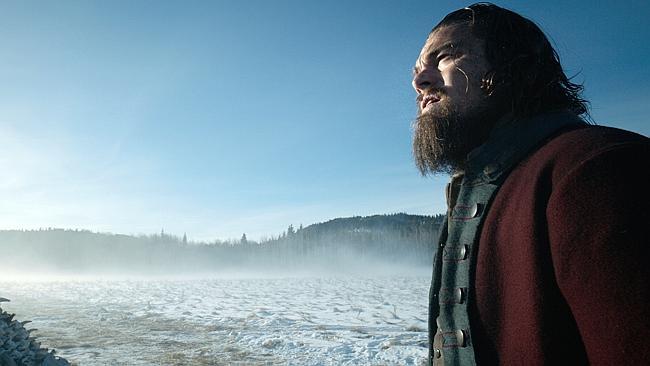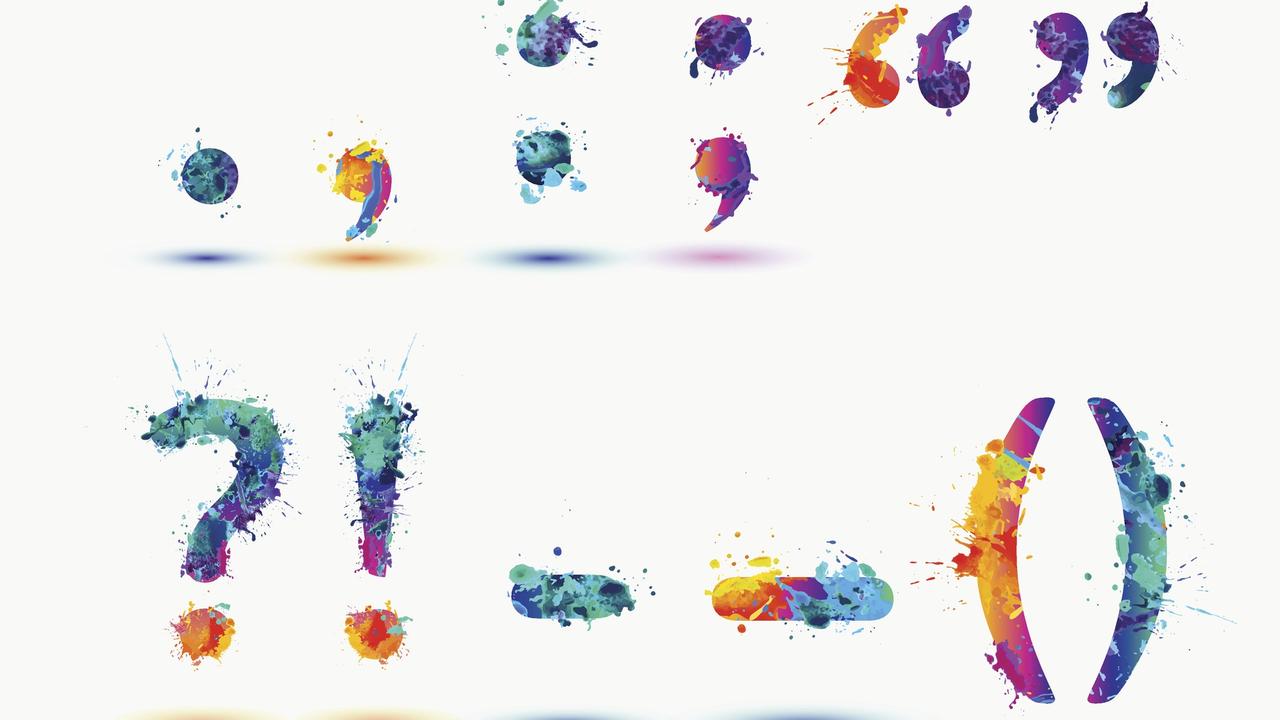Film review: Inarritu’s The Revenant a visual and sensory success
This tale of survival and revenge is a visual and sensory experience that succeeds admirably.

The Macquarie Dictionary defines revenant as “one who returns” or “one who returns as a spirit after death, a ghost”. Either definition might apply to Hugh Glass (Leonardo DiCaprio), who was left for dead yet survived in the harsh environment of America’s northwest in 1823, and the latest film from the immensely talented Alejandro G. Inarritu — whose previous film, Birdman, could not have been more different — does full justice to his extraordinary story.
The Revenant, scripted by the director and Mark L. Smith and based in part on the 2002 novel by Michael Punke, is, in essence, true. Glass worked for the Rocky Mountain Fur Company as a guide, escorting a party of fur trappers led by Captain Andrew Henry (Domhnall Gleeson) into the icy forests to hunt for beavers and deer.
These men were pioneers in this starkly inhospitable country; they killed the animals for their pelts, which they transported downriver to trading posts, and they played no small part in the opening up of the wilderness to homesteaders and farmers later on, which probably explains why they were led by a military man — this was semi-official business, and these Americans were occasionally confronted by hostile French traders involved in the same activities.
The dangers posed by the French were, however, as nothing compared with the threat from Native Americans, and the film’s opening sequence consists of a surprise attack by members of the Arikara tribe, whose lethal arrows — some fired by marksmen hiding in the upper branches of trees, others from horseback — kill more than 30 members of the party and wound others before the survivors make it to the river, leaving valuable pelts behind.
This electrifying opening sequence unfolds before the viewer has received anything much in the way of information about the characters involved, except for the obvious fact that they are carrying out dangerous work in conditions that would be demanding even without the Indian threat. During the brief lull that follows the attack, it becomes clear that Henry is a principled leader, but that the company that employs him and his men is not always scrupulously honest when it comes to fair payment. Also among the surviving group are Hawk (Forrest Goodluck), Glass’s teenage son, whose mother was a member of the Pawnee tribe, and the ill-tempered John Fitzgerald (Tom Hardy), a ruthless opportunist who is interested only in monetary rewards.
Despite their desperate situation, Glass is certain he can lead the party out of the wilderness, until disaster strikes in the form of a large and very hostile female grizzly bear. The attack on Glass by this creature is undoubtedly one of the most horrific and painful sequences ever created for a film. Obviously computer generated effects were used, but it looks and sounds horribly real, the more so because it was shot in one of those lengthy, continuous takes that Inarritu and his brilliant cinematographer, Emmanuel Lubezki, pioneered on Birdman. The sight of this huge animal ripping the skin from his human victim is unforgettably horrific, and the image of it stays with you throughout the rest of the film.
After this attack, Glass’s companions believe he has been fatally wounded and his death is only a matter of time. For a while the injured, barely conscious, man is carried on a stretcher by other members of the group, but it soon becomes clear even to the sympathetic Henry that the wounded man is holding up the entire party and risking all their lives. Hawk volunteers to stay behind and care for his father, as does his friend Jim Bridger (Will Poulter); somewhat unexpectedly, so does Fitzgerald, after being promised a cash bonus.
Given he has already made his attitudes clear, it’s not surprising that Fitzgerald proves to be treacherous — and given that this is a film about survival and revenge, the determination of the tenacious Glass to overcome all the odds that are stacked against him seems strangely inevitable.
First and foremost, The Revenant is a visual spectacle that could not be further removed from the claustrophobic theatre interiors of Birdman. Inarritu filmed on location in Canada (with some scenes also shot in Argentina) in winter, and it’s pretty obvious the actors, as well as members of the crew, had a far from easy time working on these wild and dangerous locations.
The story of Glass was previously filmed in 1971 by Richard C. Sarafian as Man in the Wilderness, with Richard Harris in the leading role, but that film, though it had impressive elements, pales alongside The Revenant. DiCaprio’s dedication to the film was clearly unconditional. Almost unrecognisable in the early scenes because of his long, unkempt hair and beard, he barely utters a word after the bear attack (partly because the bear has torn a hole in his throat), and his gruelling odyssey, depicted in minute detail, often looks genuinely hazardous.
As the despicable Fitzgerald, Hardy gives an impressive characterisation of mindless greed and hostility but, as has often been the case in this fine actor’s screen portrayals, it’s far from easy to understand what he says. Here he speaks with a very thick southern accent that’s close to incomprehensible, to the extent that the viewer is constantly hoping that whatever he’s saying isn’t all that important. In addition to the lead actors, a strong performance is given by Arthur Redcloud, a Navajo actor who plays a Native American who befriends the injured Glass and helps save his life.
Inarritu stages some impressive dramatic scenes: in one, Glass, on horseback, gallops full-tilt over a cliff into a tree beneath, and in another an avalanche can be seen in the background during a fatal confrontation. So many elements of the film are arrestingly good, yet at the same time it could be argued that the narrative it depicts is uncomfortably gruelling. It’s also worth noting that the journey of the protagonist, and thus the film itself, affords no opportunities for the kind of richly complex and intricate screenplay that the director favoured in his early films (for example, Amores Perros, 21 Grams and Babel).
This is a visual and sensory experience rather than a literary one, and on that level it succeeds admirably. Few films have looked as magnificent as this, but mention should also be made of the strikingly original music score by Ryuichi Sakamoto and Alva Noto.
The Revenant (MA15+) 4 stars
Wide national release



To join the conversation, please log in. Don't have an account? Register
Join the conversation, you are commenting as Logout